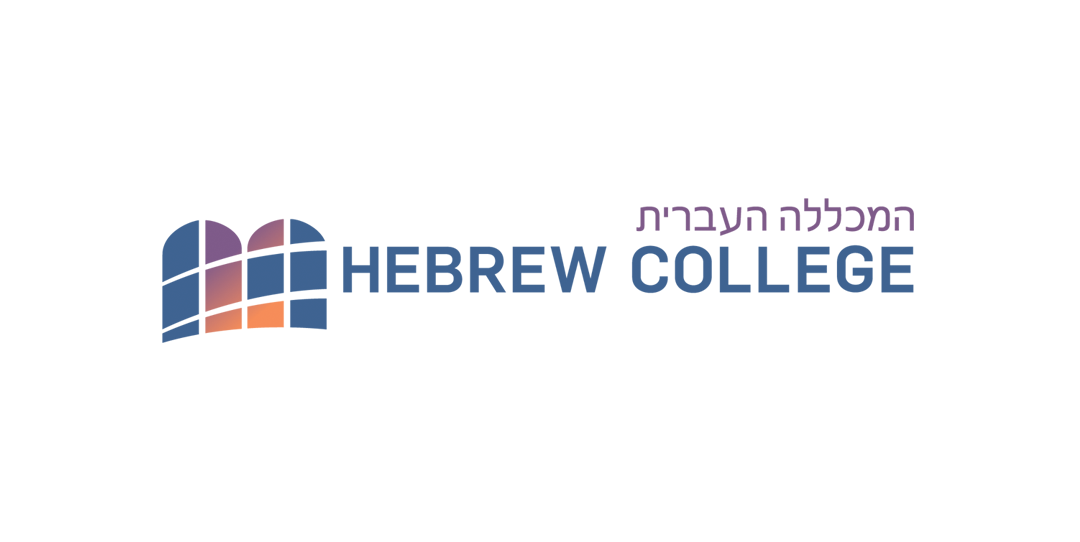Leviticus The Mothers of the Priests

 Parshat Acharei Mot, Leviticus 16:1-18:30
Parshat Acharei Mot, Leviticus 16:1-18:30
“Elisheva had five reasons to rejoice above the other daughters of Israel: her brother-in-law was king; her husband, High Priest; her sons, deputy [priests], her grandson, a priest-ordained-for-war; and her brother, chieftain of a tribe—and [yet] she had to mourn two sons.” (Talmud, Zevachim 102a)
When Nadav and Avihu died on the great day of the inauguration of the mishkan, the tabernacle in the wilderness, we read that Aaron was silent. When God described the Yom Kippur service and ordered Aaron into the Holy of Holies, he went—though, I imagine, not without some trepidation. The wife of this High Priest and mother of his dead boys, Elisheva, is named in the Torah (Exodus 6:23)—an uncommon honor for a woman—and yet, on her reaction, the Torah is silent.
Who was Elisheva? The Talmud (Sotah 11b) suggests that she was one of the two midwives who stood up to Pharaoh’s genocidal decree. The Zohar (3:38b) teaches that she was an incarnation of pure love, destined to marry Aaron, the man of peace, since the creation of the world. Suzanne Weingarten, in Dirshuni: Israeli Women Writing Midrash (p. 89), portrays her challenging the established order of women doing household chores for their husbands, quoting rabbinic texts back and forth to Miriam, who stands with the patriarchy. (Unsurprisingly, Elisheva gets the last word.)
We can see in all these roles an echo of a clergy-like role. As midwife, Elisheva would have been ever-present in intimate moments of a family’s life, providing a kind of pastoral care at an important lifecycle event and playing a crucial yet largely unlauded role in forming the next generation of Israelites. As subversive educator, she had access both to every household and to the highest circles of influence. As wife and partner to Aaron, she kept an eye on the good of the entire community.
In one contemporary context, “[t]he clergy were really like the moms,” says activist and organizer Rasheen Aldridge. The youngest member of the Ferguson Commission and a leader of the Ferguson protests, Aldridge was speaking about the role that clergy—black and white, mostly women—played in the streets of Ferguson in those difficult months in the summer and fall of 2014. “They really made sure that we were safe, and that we were guarded. And they had their clergy vests on, so…The police knew who they were, and it made it a little easier, because who wants to arrest Rabbi [Susan] Talve?”
I imagine Elisheva, wearing the biblical equivalent of her bright orange clergy vest, moving through the Israelite camp on a night of unrest, protecting the vulnerable, offering courage to the weary, sharing their struggle–all largely without getting credit.
The contrast between Elisheva and her more-famous husband (as well as her brother-in-law, Moses) brings to mind Jelani Cobb’s recent New Yorker article about the future of the Black Lives Matter movement. First looking back several decades, Cobb writes:
…[T]he traditional narrative of the battle for the rights of African-Americans has tended to read like a great-black-man theory of history. But, starting a generation ago, civil-rights historians concluded that their field had focused too heavily on the movement’s leaders. New scholarship began charting the contributions of women, local activists, and small organizations—the lesser-known elements that enabled the grand moments we associate with the civil-rights era. In particular, the career of Ella Baker, who was a director of the Southern Christian Leadership Conference, and who oversaw the founding of the Student Nonviolent Coordinating Committee, came to be seen as a counter-model to the careers of leaders like Martin Luther King, Jr. Baker was emphatically averse to the spotlight…
[Black Lives Matter activists Alicia] Garza, [Patrice] Cullors, and [Opal] Tometi advocate a horizontal ethic of organizing, which favors democratic inclusion at the grassroots level. Black Lives Matter emerged as a modern extension of Ella Baker’s thinking—a preference for ten thousand candles rather than a single spotlight.
While the biblical spotlight this week is on Aaron and his sons performing the Yom Kippur ritual in the mishkan, I imagine how Elisheva and her protégés circulated invisibly through the camp, distributing candles so the people could make their own light.
And they are not totally invisible to rabbinic tradition. Regarding the cities of refugee, where those who committed manslaughter were exiled (until the death of the High Priest hit “reset” and allowed them to return home), the rabbis write, “The mothers of the priests would provide [the exiled manslayers] food and clothing, so that [those individuals] would not pray for the deaths of [the women’s] sons” (Mishnah Makkot 2:6). This one line sketches a ghostly outline of the first women’s auxiliary—a group of mothers, worried about their sons, banding together to serve a marginalized population with an eye towards protecting their own interests. These mothers understood on a deep level that even though they were the elite of Israelite society, their well-being was bound up with the well-being of these exiled manslayers.
Parshat Acharei Mot closes with a long list of the sexual partners forbidden to men, continuing the apparent male-centric nature of the text. On its most obvious level, the women in this parashah are there mainly as passive objects, or are simply absent. But the rabbinic tradition reads their active leadership into the story, in ways that are echoed in contemporary women’s leadership–and with imagery that couldn’t be more relevant. Keeping society “safe and guarded,” in Aldridge’s words, takes a lot more than guns and prison bars. It takes a collective eye on everyone’s ability to live and to thrive.
Rabbi Lev Meirowitz Nelson is Director of Education at T’ruah; The Rabbinic Call for Human Rights and a 2013 graduate of the Rabbinical School of Hebrew College.

